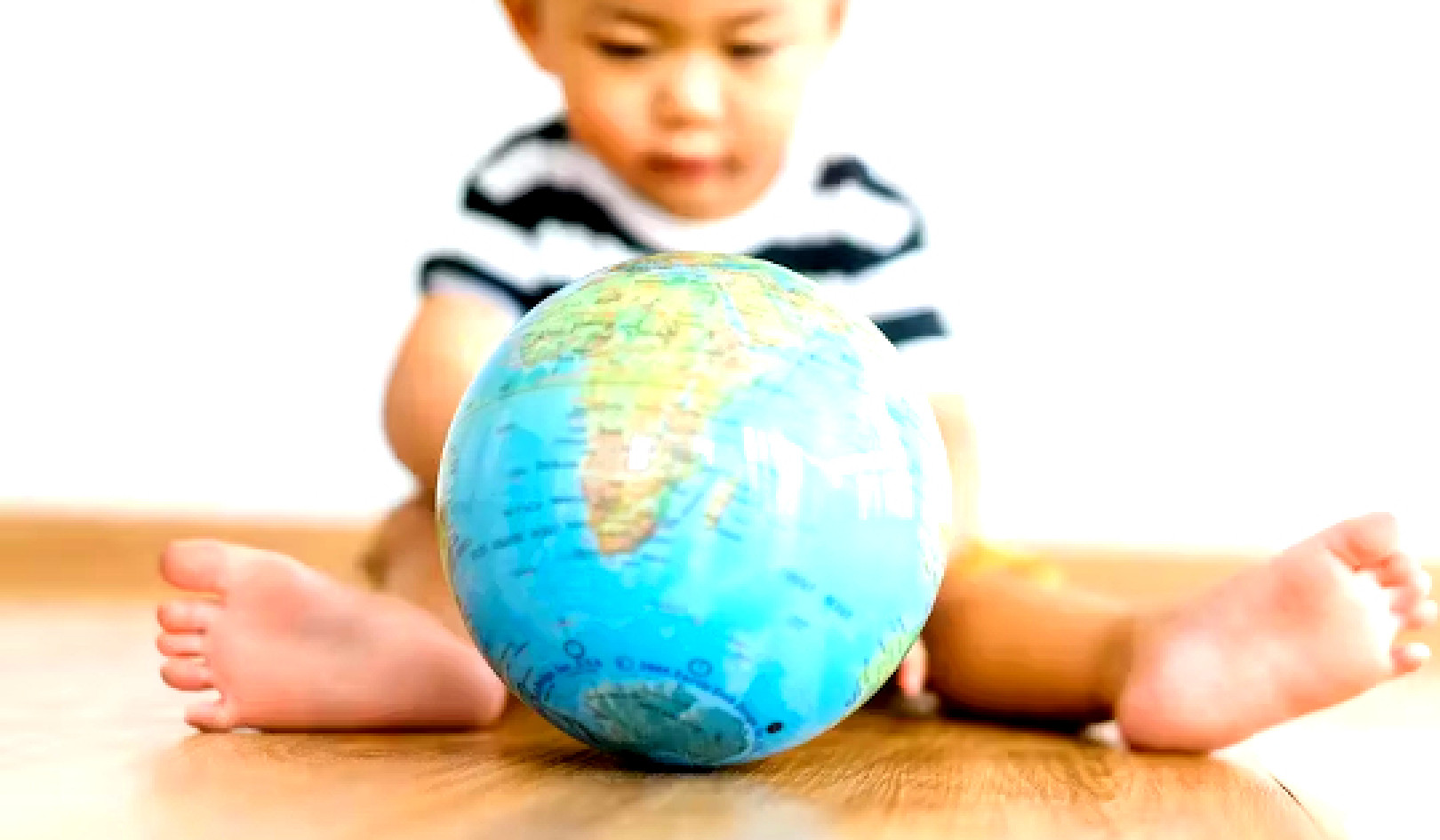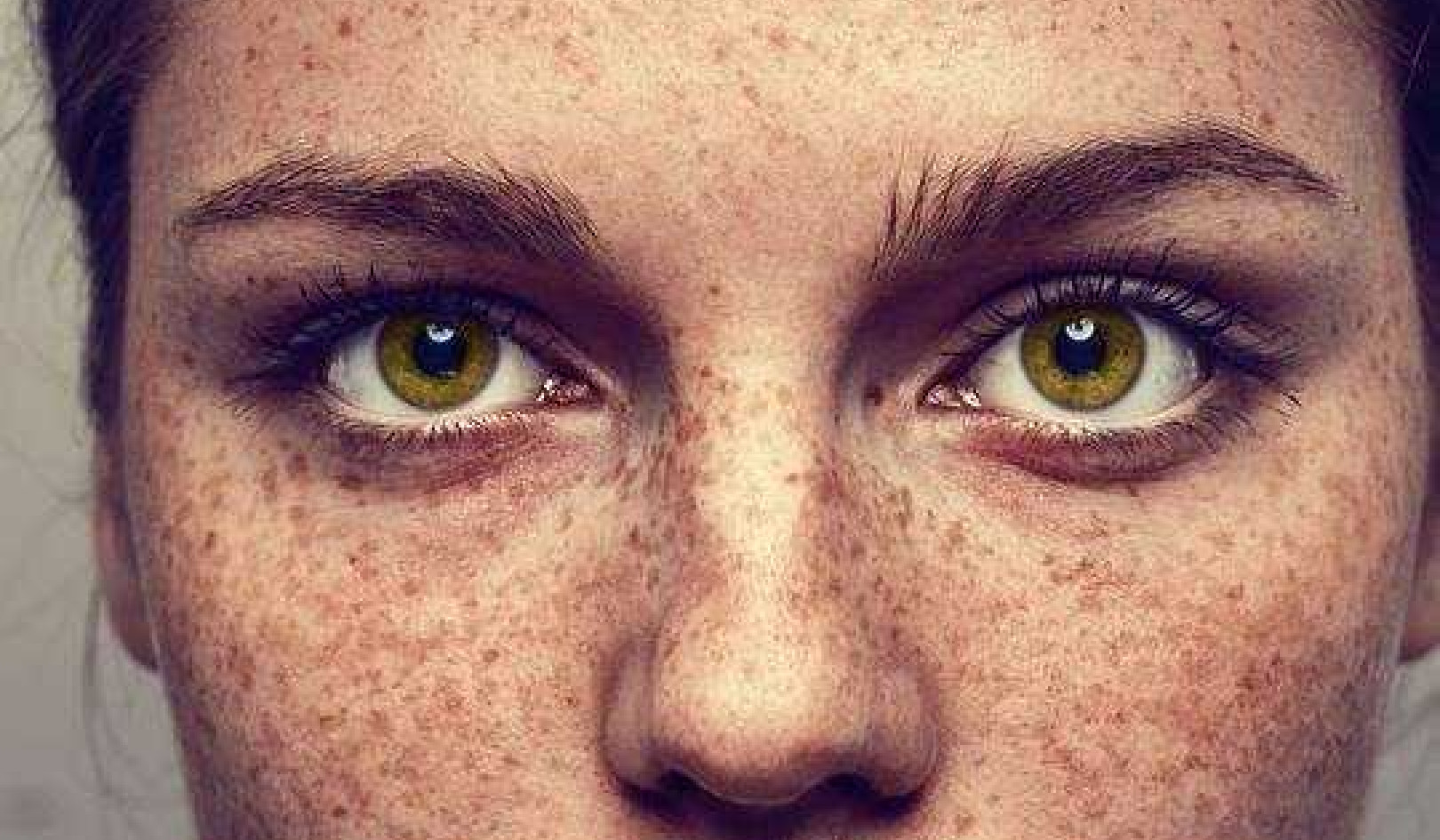
Younger children have a binary take on truth and lies, whereas older children take intent and outcomes more into consideration, a new study suggests.
Researchers led by Victoria Talwar of the educational and counseling psychology department at McGill University wanted to know how a child’s moral understanding develops. They studied the behavior of close to 100 children, ages 6 to 12.
“Children get a lot of messages from their parents saying that lying is always bad, but at the same time they see their parents telling ‘white’ lies to make life easier.”
The researchers showed the children a series of short videos in which childlike puppets either told the truth or lied. The variable was the outcome of the puppets’ words: Sometimes what they said caused harm to someone else (e.g., blaming an innocent person for their own misdeeds).
In other scenarios, the speaker’s words harmed themselves while helping someone else (e.g., a false confession to a misdeed in order to spare the real perpetrator from punishment). The videos also portrayed puppets telling truths, such as “tattling,” could harm someone else.
After watching the videos, the children were asked to decide whether the characters were being honest or deceitful. They were also asked to decide whether the puppets’ behaviors should be rewarded or condemned.
“Looking at how children see honesty and deceit is a way of gaining insight into different stages of moral and social development,” explains Talwar. “Children get a lot of messages from their parents saying that lying is always bad, but at the same time they see their parents telling ‘white’ lies to make life easier. Depending on their age, this is likely to be a bit confusing for children.
“We were interested in gaining a more nuanced picture of children’s perceptions of truth and lies—since not all lies have negative consequences for the other person, and not all truths have positive consequences for someone else. We were curious to know at what age children start to understand this.”
Beyond good and bad
As reported in the International Review of Pragmatics, the researchers discovered that the children had no difficulty, no matter what their age, in distinguishing truth from lies. They were also adept at deciding which behaviors to reward or condemn—with two notable differences between younger and older kids.
False confessions to help someone else were difficult to assess; younger children saw these as being more negative than older ones did. Tattling was also problematic. Younger children were less concerned by truth-telling that had negative consequences for someone else, whereas older children were more conflicted about tattling.
“What we were seeing is children’s confusion around particular kinds of truths and lies,” says Shanna Mary Williams, who recently completed her PhD at McGill and did much of the research in this study. “Younger children see things more starkly—truths are good and lies are bad. But by the time they are 10 to 12 years old, children become more aware that truth and lies are less binary. The older they are, the more interested children are in the consequences of these actions. They are also more able to start looking at the intentions behind the speech.”
Tattling gets less appealing
The takeaway? Children’s moral evaluations of both lies and truths is influenced by their understanding of whether the speakers’ intention is to harm another or themselves.
While younger children may be reflecting their parents’ and caregivers’ teachings when it comes to tattling (i.e. that honesty in all forms is virtuous), the researchers believe that older children may be less likely to reward tattling because they are concerned with how their peers will perceive this behavior.
In both cases, what is clear, according to the researchers, is that parents and teachers need to have a much more involved conversation about truth-telling or lie-telling with children starting as early as the age six.
Source: McGill University
Related Books:
at InnerSelf Market and Amazon


























